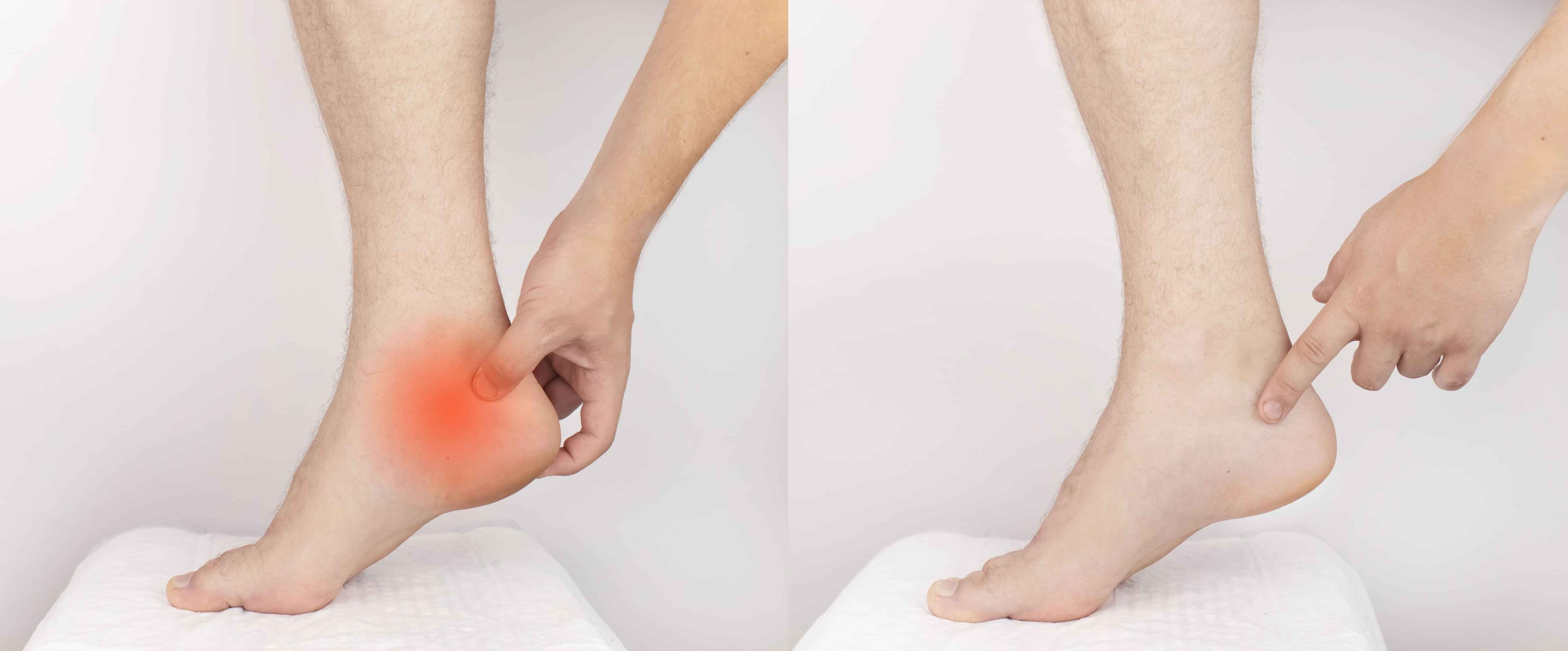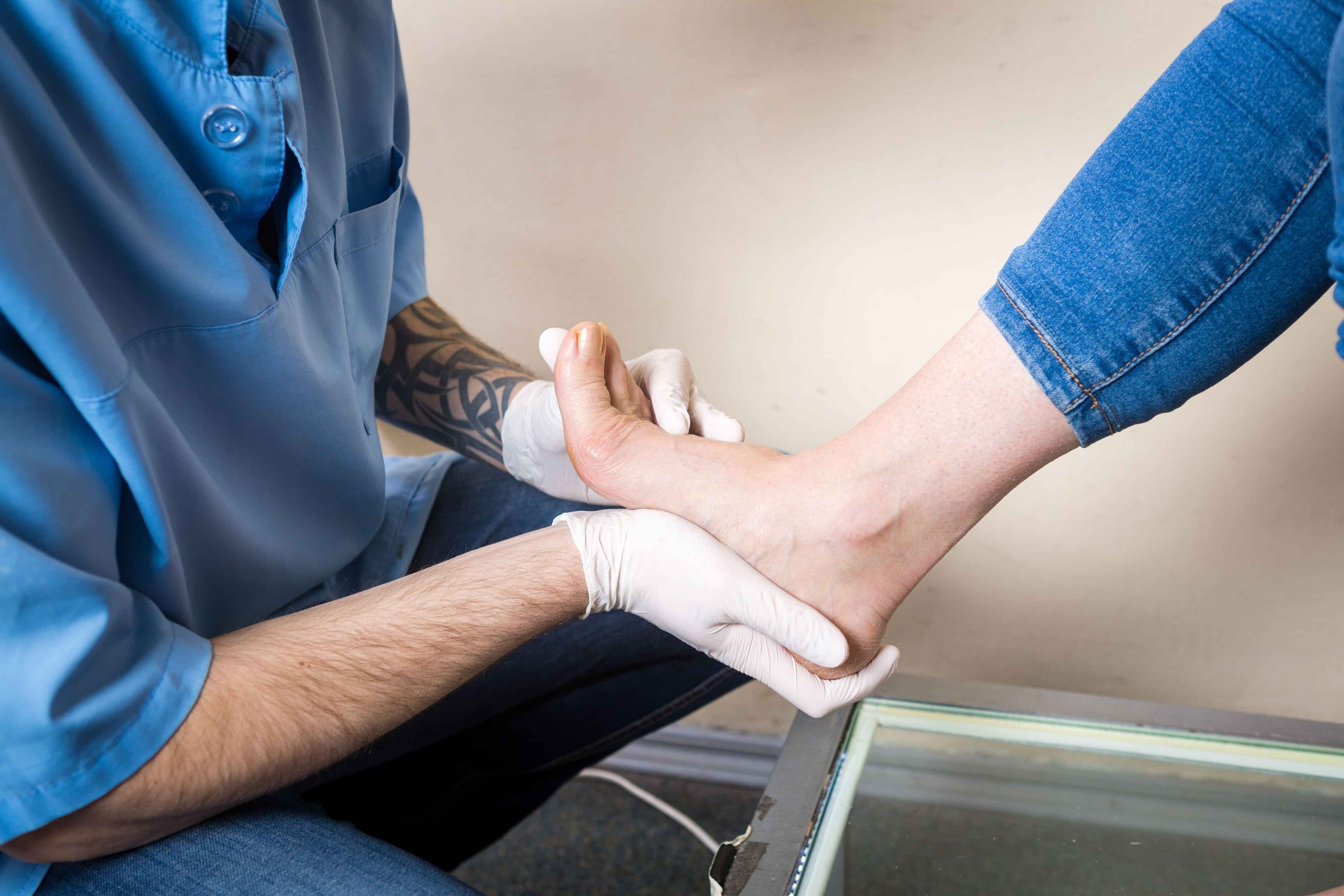Tarsal Tunnel Syndrome

What is tarsal tunnel syndrome, and what symptoms characterize this condition?
Tarsal tunnel syndrome is a condition caused by compression or entrapment of the posterior tibial nerve as it passes through the tarsal tunnel, located on the inside of the ankle. Symptoms include a shooting or burning pain, tingling, or numbness in the ankle, heel, or the sole of the foot. Individuals might experience a sensation similar to an electric shock or pins and needles in the affected area.
What factors contribute to the development of tarsal tunnel syndrome?
Tarsal tunnel syndrome often develops due to conditions that increase pressure on the posterior tibial nerve within the tarsal tunnel. Causes include direct injury or trauma to the ankle, systemic conditions like diabetes or arthritis, abnormal foot structure, such as flat feet, tumors, or cysts, and overuse injuries that lead to inflammation or swelling in the area.


How is tarsal tunnel syndrome diagnosed?
Diagnosing tarsal tunnel syndrome involves a comprehensive evaluation by a healthcare professional. A detailed history of the individual's symptoms, a physical examination focusing on the ankle and foot, and specific tests to assess nerve function, such as Tinel's sign or nerve conduction studies, might be conducted.
Imaging tests like X-rays, MRI scans, or ultrasound may be recommended to rule out other potential causes of foot and ankle pain and to visualize any structural abnormalities or nerve compression.
What are the treatment options for managing tarsal tunnel syndrome?
Treatment for tarsal tunnel syndrome aims to relieve symptoms and reduce nerve compression. Conservative approaches include rest, immobilization with a brace or splint to reduce movement, applying ice to reduce inflammation, and taking anti-inflammatory medications. Physical therapy focusing on stretching and strengthening exercises may help improve nerve function and reduce discomfort.
Orthotic devices, such as shoe inserts or arch supports, can provide support and alleviate pressure on the affected area. In some cases, corticosteroid injections to reduce inflammation around the nerve or surgical decompression to relieve pressure on the nerve might be considered for persistent or severe cases.

Are there lifestyle adjustments or exercises to alleviate symptoms associated with tarsal tunnel syndrome?
Lifestyle modifications involve avoiding activities that exacerbate symptoms or increase pressure on the affected area. Wearing supportive footwear that provides adequate arch support and cushioning can reduce strain on the foot and alleviate discomfort associated with tarsal tunnel syndrome. Avoiding prolonged standing or activities that cause excessive stress on the feet can also help manage symptoms.
Performing stretching exercises targeted at the calf muscles and foot arches may improve flexibility and reduce nerve compression. Additionally, maintaining a healthy weight to reduce unnecessary pressure on the feet and practicing good foot hygiene can contribute to managing symptoms and preventing exacerbations of tarsal tunnel syndrome.
It's crucial to seek professional advice from a healthcare provider or a physical therapist for guidance on appropriate exercises and lifestyle modifications to alleviate symptoms associated with tarsal tunnel syndrome.

